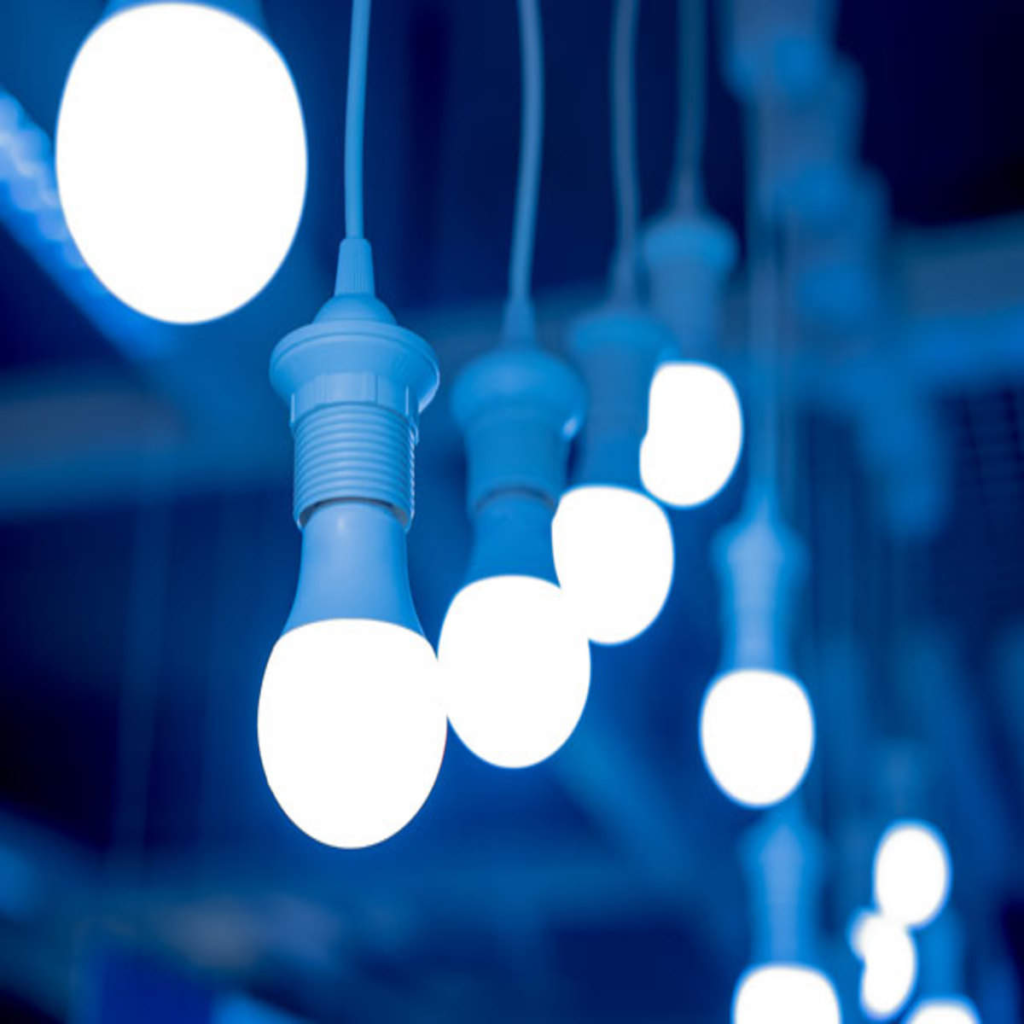Beyond Bright: The Marvels of LED Strip Lights Manufacturing
John
- 0
In the world of lighting, LED strip lights stand out for their adaptability, efficiency, and aesthetic appeal. These versatile light sources are more than just functional elements; they are transformative tools that enhance spaces with their brightness and design flexibility. The journey from raw materials to the final product involves a fascinating manufacturing process that marries cutting-edge technology with intricate craftsmanship. Let’s explore the marvels of LED Strip Lights factory manufacturing and discover what makes these lights shine so brightly.

The Evolution of LED Strip Lights
LED technology has revolutionized lighting by offering energy efficiency and long-lasting performance. When this technology was integrated into flexible strips, it opened up new possibilities for lighting design. LED strip lights can now be found in a wide range of applications, from home décor to large-scale commercial installations, making them a favorite among designers and architects.
The Manufacturing Process: Crafting the Marvels
The manufacturing process of LED strip lights is a marvel in itself, combining precision engineering with innovative technology. Here’s a look at how these lighting marvels are created:
**1. Design and Engineering: The journey begins with design and engineering. Designers develop concepts that address both functional and aesthetic requirements. They experiment with LED configurations, color temperatures, and flexible circuit designs to create strips that are both visually appealing and highly efficient. Engineers then refine these designs, ensuring that the strips will perform reliably and meet high standards.
**2. Material Selection: The quality of the final product depends on the materials used. The factory sources high-quality LEDs, flexible circuit boards, adhesives, and other components. Each material is carefully selected to ensure durability, performance, and energy efficiency. The choice of materials impacts the overall quality and longevity of the LED strip lights.
**3. Precision Assembly: Advanced machinery and skilled technicians are employed in the assembly process. LEDs are placed onto flexible circuit boards with exacting precision. Automated systems handle tasks such as soldering and wiring, ensuring that each component is securely attached and that the connections are flawless. This level of precision is crucial for the functionality and reliability of the final product.
**4. Quality Control: Quality control is a critical aspect of LED strip lights manufacturing. Each strip undergoes rigorous testing to verify its brightness, color accuracy, and overall performance. Any defects or inconsistencies are addressed before the strips are approved for distribution. This ensures that every LED strip meets the factory’s high standards and performs as expected.
**5. Customization and Packaging: One of the key advantages of LED strip lights is their customization. The factory offers various options for color, brightness, and length, allowing customers to tailor the strips to their specific needs. Once customized, the LED strips are carefully packaged to protect them during shipping and ensure they arrive in excellent condition.
The Impact of LED Strip Lights
The marvels of LED strip lights manufacturing extend beyond the factory floor:
**1. Residential Elegance: In homes, LED strip lights provide versatile lighting solutions that enhance interior design. They can be used for under-cabinet lighting, accentuating architectural features, or creating ambient effects. Their flexibility and energy efficiency make them a popular choice for homeowners.
**2. Commercial Innovation: Businesses and retailers use LED strip lights to create eye-catching displays and dynamic environments. The ability to customize and adapt these lights makes them ideal for attracting customers and enhancing brand experiences.
**3. Architectural Brilliance: Architects and designers use LED strip lights to highlight structural elements, add depth, and create stunning visual effects. The strips’ flexibility allows for seamless integration into a variety of architectural styles, from modern to traditional.
Looking Ahead: The Future of LED Strip Lights
The future of LED strip lights is bright with possibilities. Advances in technology and design will continue to drive innovation, offering new ways to use LED strips in creative and functional applications. From smart lighting solutions to even more customizable designs, the evolution of LED strip lights promises to push the boundaries of what’s possible.
Conclusion
The manufacturing of LED strip lights is a testament to the fusion of technology and artistry. From the initial design and material selection to the precision assembly and rigorous quality control, every step in the process contributes to the creation of these versatile lighting marvels. As we enjoy the benefits of LED strip lights, we can appreciate the intricate craftsmanship and innovation that make them a standout choice for illuminating and transforming spaces.